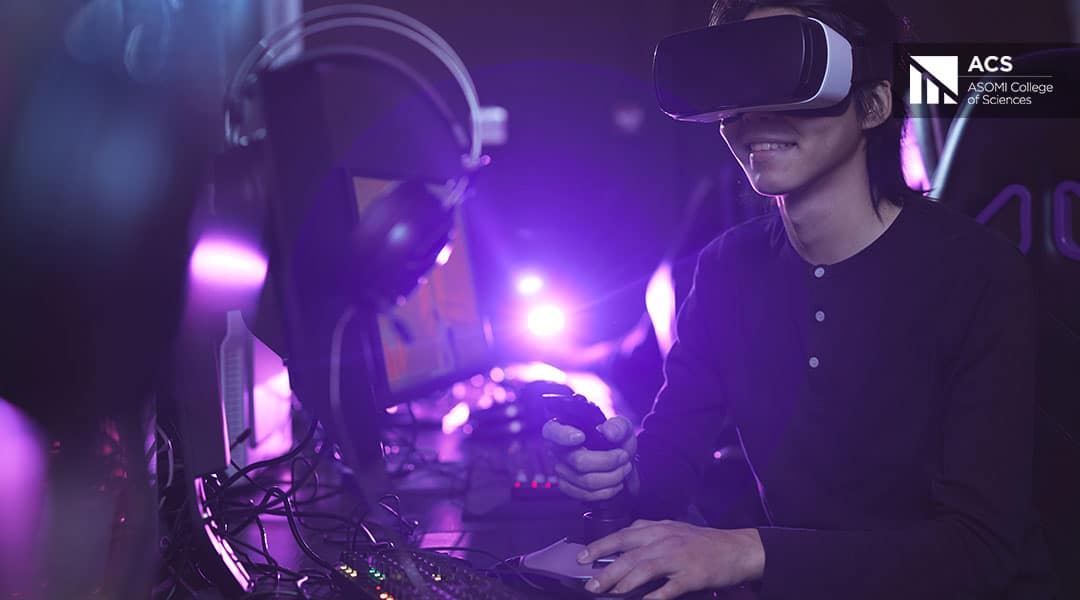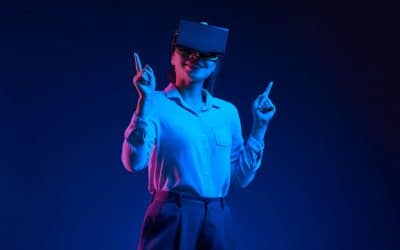Creativity improves the learning process by synthesizing information while, at the same time, giving students pleasant memories during knowledge acquisition. Thus, the classroom culture must be open-minded and where all students can also express their own opinions. Therefore, strategies and possible solutions are analyzed for a classroom governed by a classroom culture facing problems through creativity, including critical- and personal thought.
First of all, educators have to be fit for their role, passionate about their subject, open to self-improvement, and, most importantly, self-reflection. Professors, teachers, and educators of all kinds must have the right mindset for teaching, which can be done only by being passioned about their subject. The aforementioned feature is usually integrated by two other main traits: self-improvement and self-reflection. The first one usually comes together with being passioned about one’s subject; it motivates educators to better themselves by always learning more about the subject at hand. This makes it a useful process on the one hand but, on the other, it is no use without any self-reflection. A prepared teacher is the one who knows how to teach and is thus willing to strengthen their weaknesses to improve their teaching performance. Proficient educators know a lot about their subject and are also willing to improve their teaching methods.

Student creativity must be respected. The flipped classroom method can be done whilst encouraging students to express their own opinion and asking them open-ended questions through the problem-finding (rather than solving) technique. Reversing or, in other words, flipping the traditional classroom in which students interact to and even learn from each other while the teacher is guiding them through collective activities is the best way to encourage learners’ creativity. This can include asking students open-ended questions that help express their opinions and realize their full potential instead of automated gap-filling exercises. Problem finding is another way to increment students’ participation by active learning. To find a problem before even thinking about its solution, is a way to develop imagination and train intelligence and critical thinking. In a fully functional classroom, everyone is equal; students are encouraged and willing to express their opinion resulting from critical thinking.
Another way to get them to be willing to express their opinion freely is to encourage students to take risks and fail while, at the same time, inspiring them with live testimonials of successful entrepreneurs. Teaching how to fail demonstrates to students two things: that behind every big success, there are failures and that it is OK to fail as long as you do not give up trying. Moreover, facing real-world problems makes students feel like they too have a voice that is heard. Besides, it is way better to learn from discovery and inquiry since people are usually more likely to remember something that they experienced in the first person. A live testimonial by an entrepreneur is, without a doubt, inspiring and allows students to heighten their aspirations. In every-day life, entrepreneurs might seem unreachable, so meeting them might become a turning point in students’ careers. ACS ASOMI College of Sciences offers several testimonials, internships and collaborations in which students are offered support and guidance by performant professors and educators.
Educators and professors must improve their knowledge and teaching methods to make learning a smoother and more pleasant process. Student creativity, opinion, and active participation should encourage them to have the will do dare and accept small failures to arrive at big successes.




